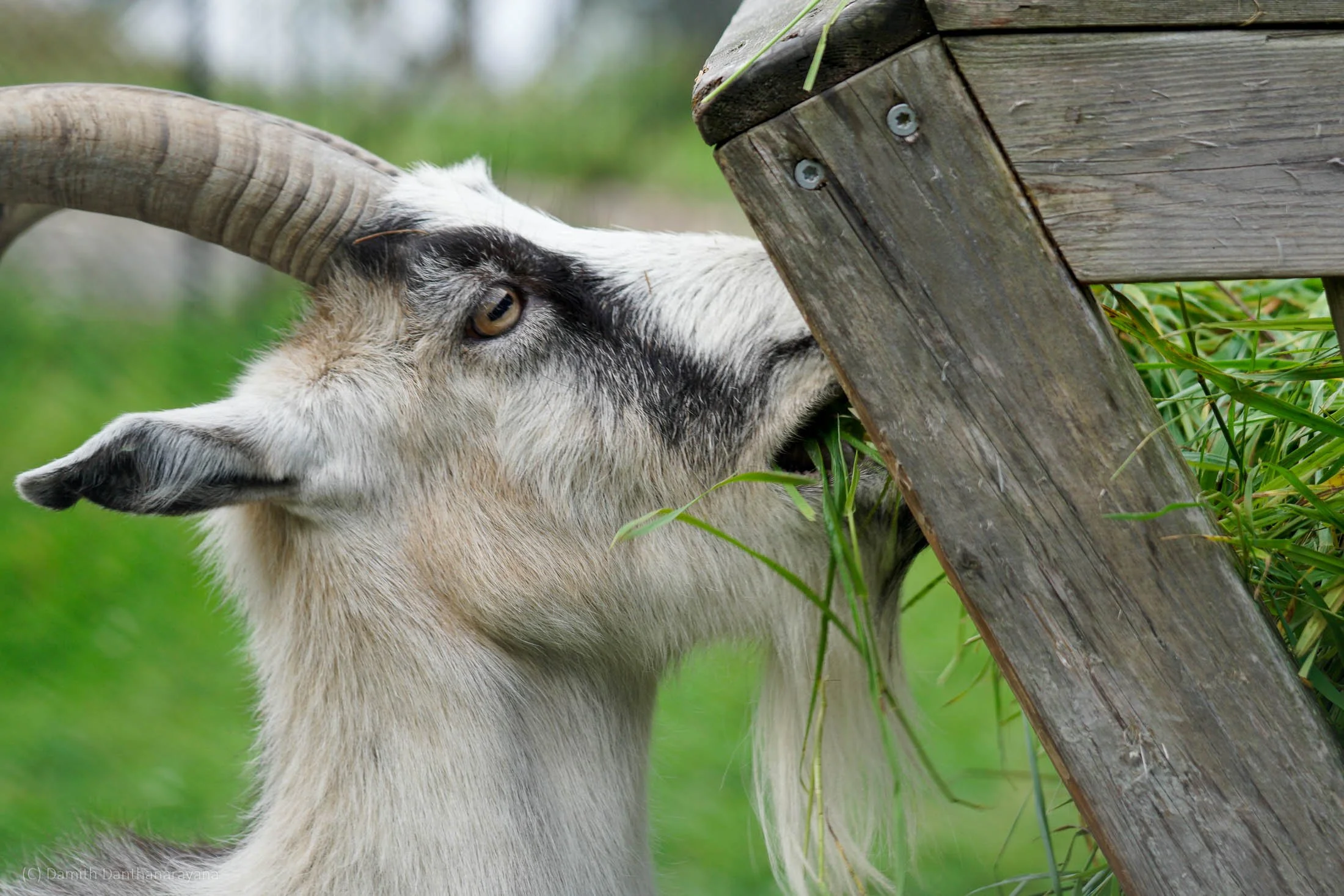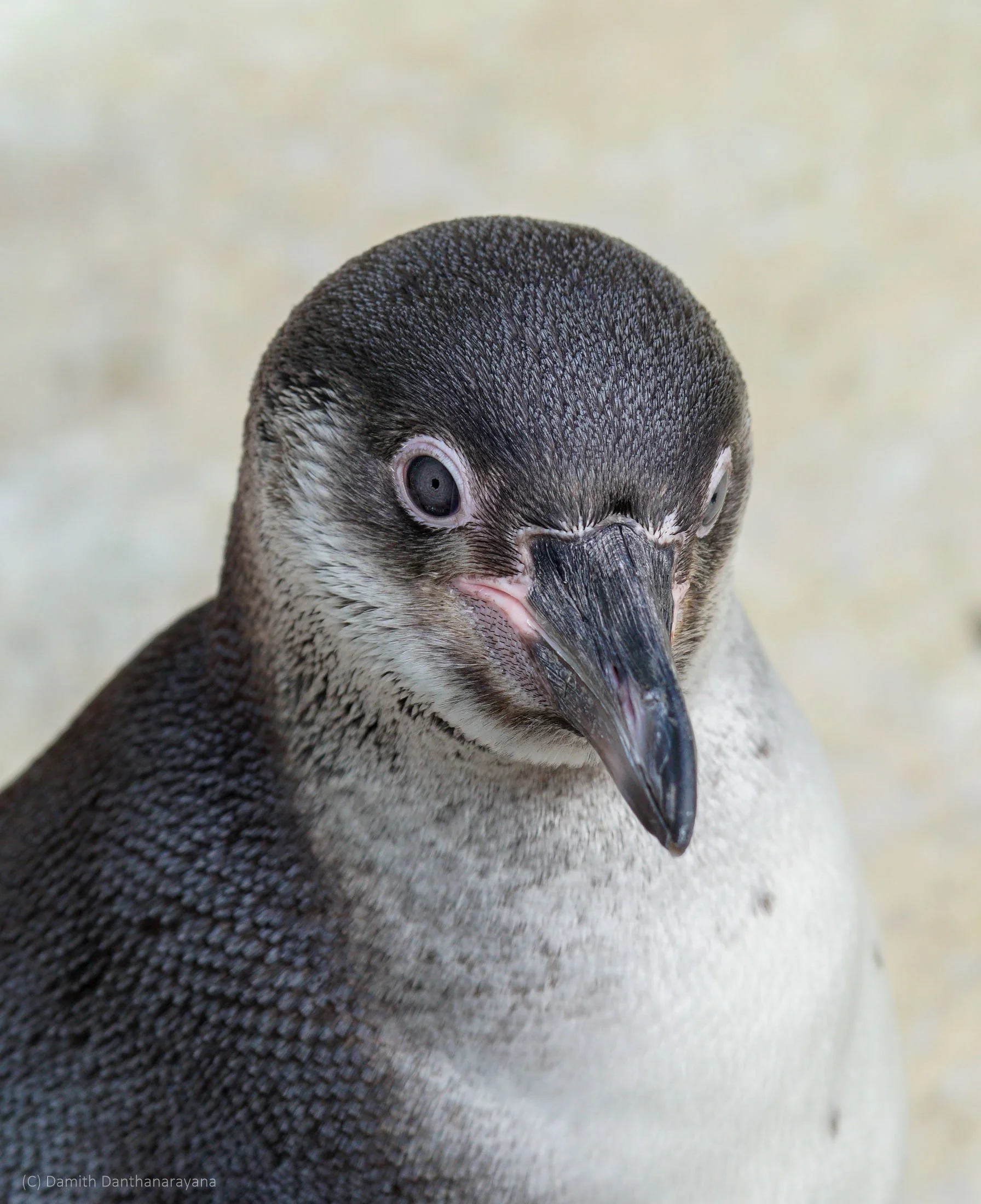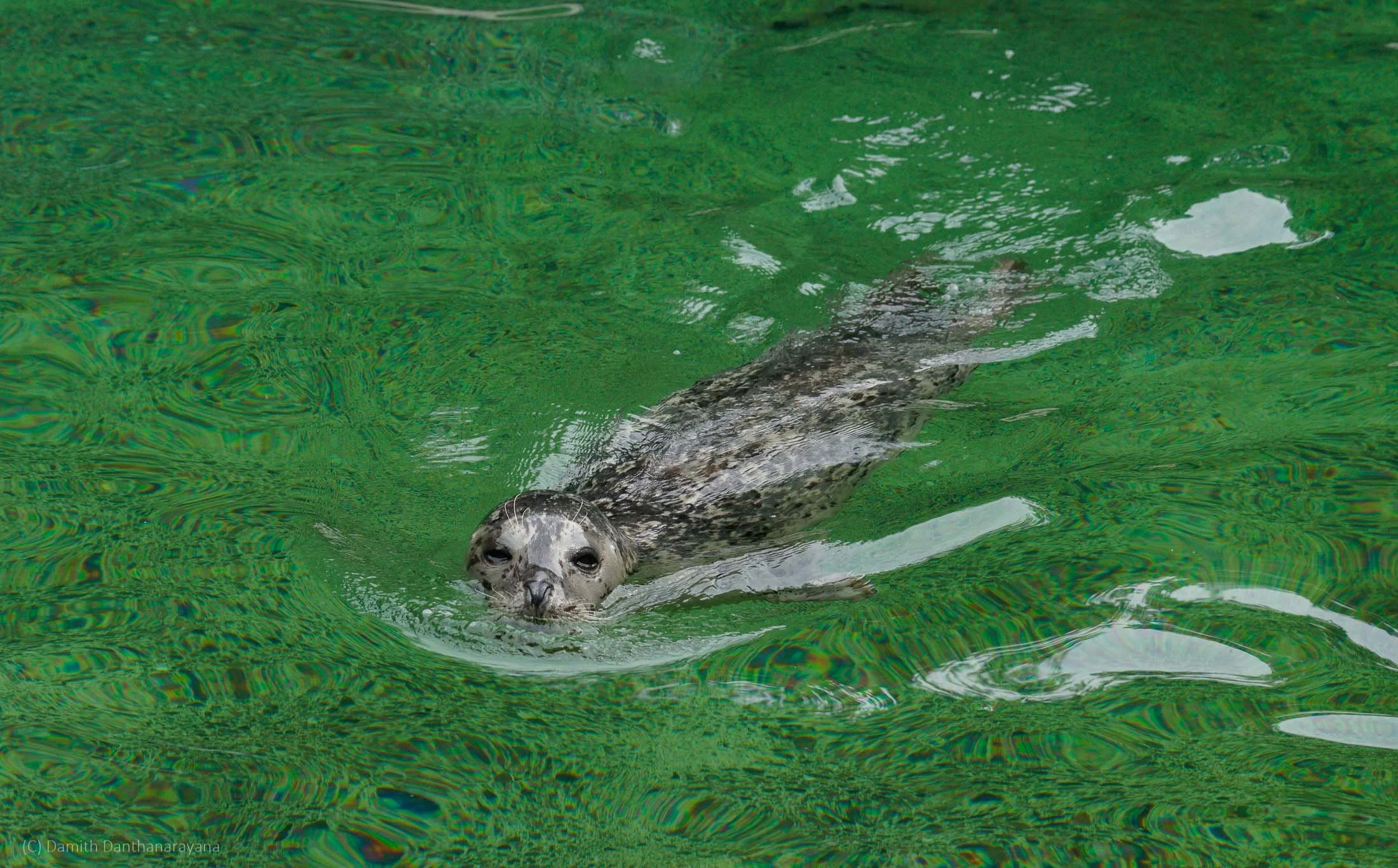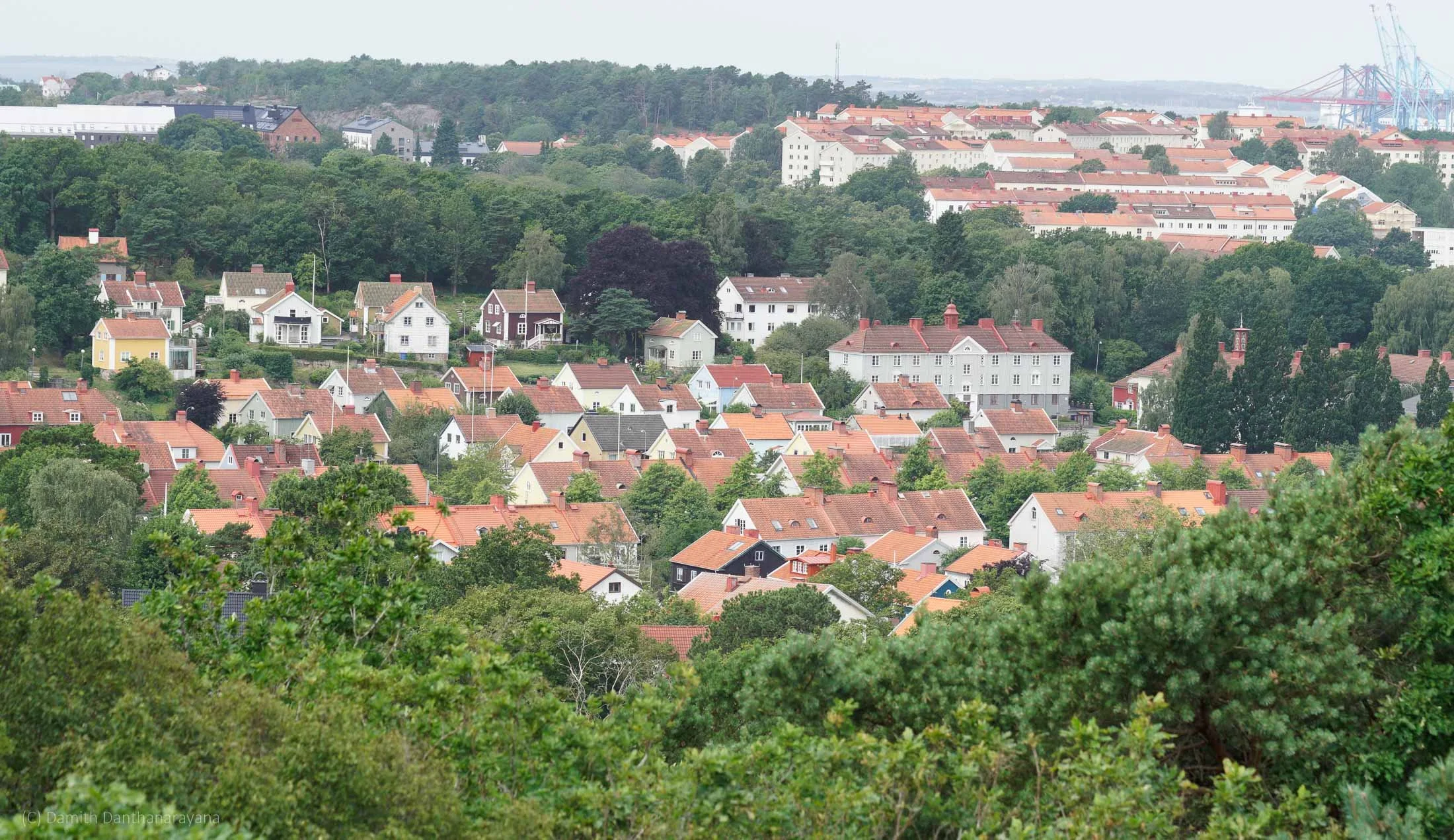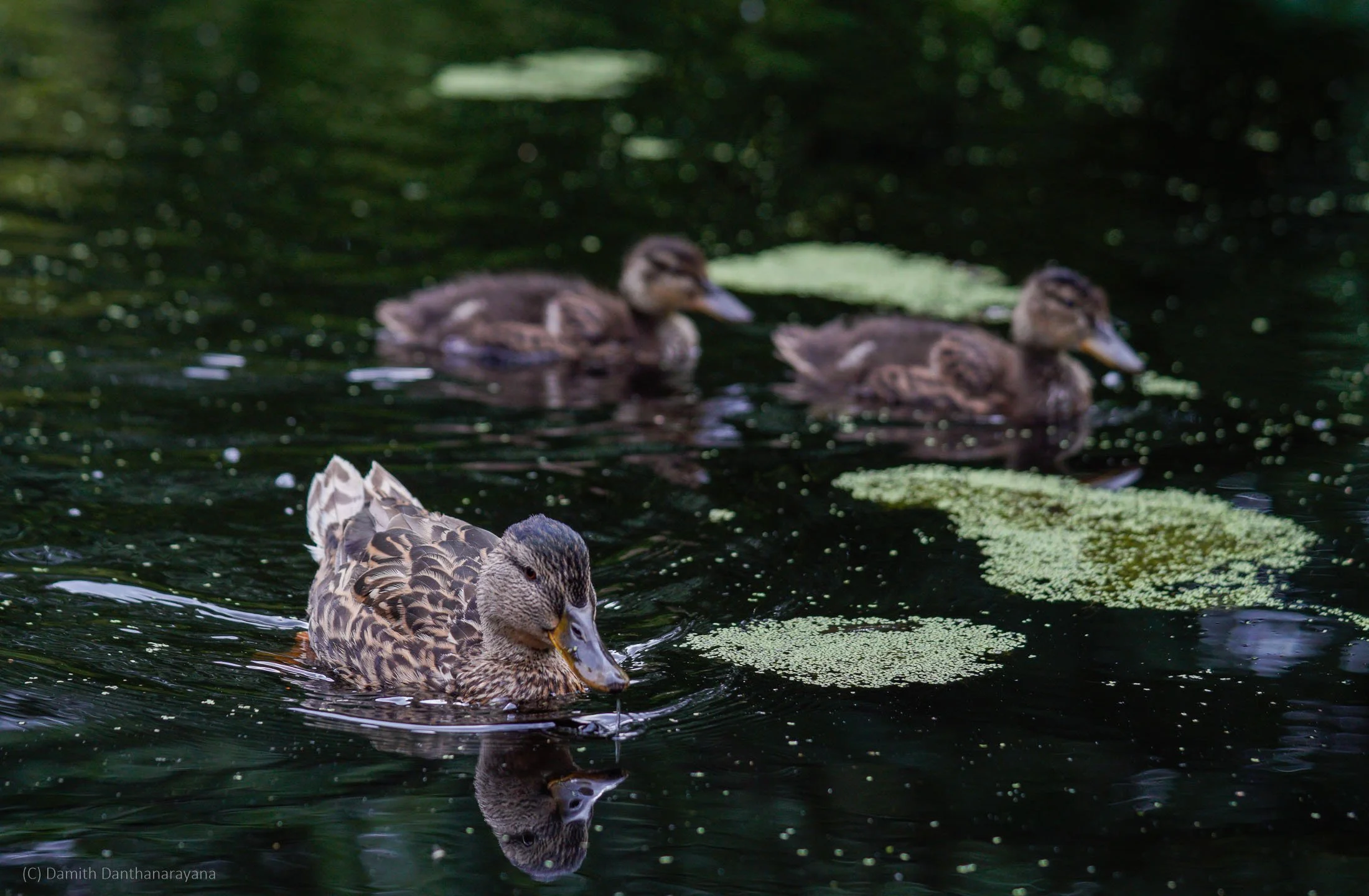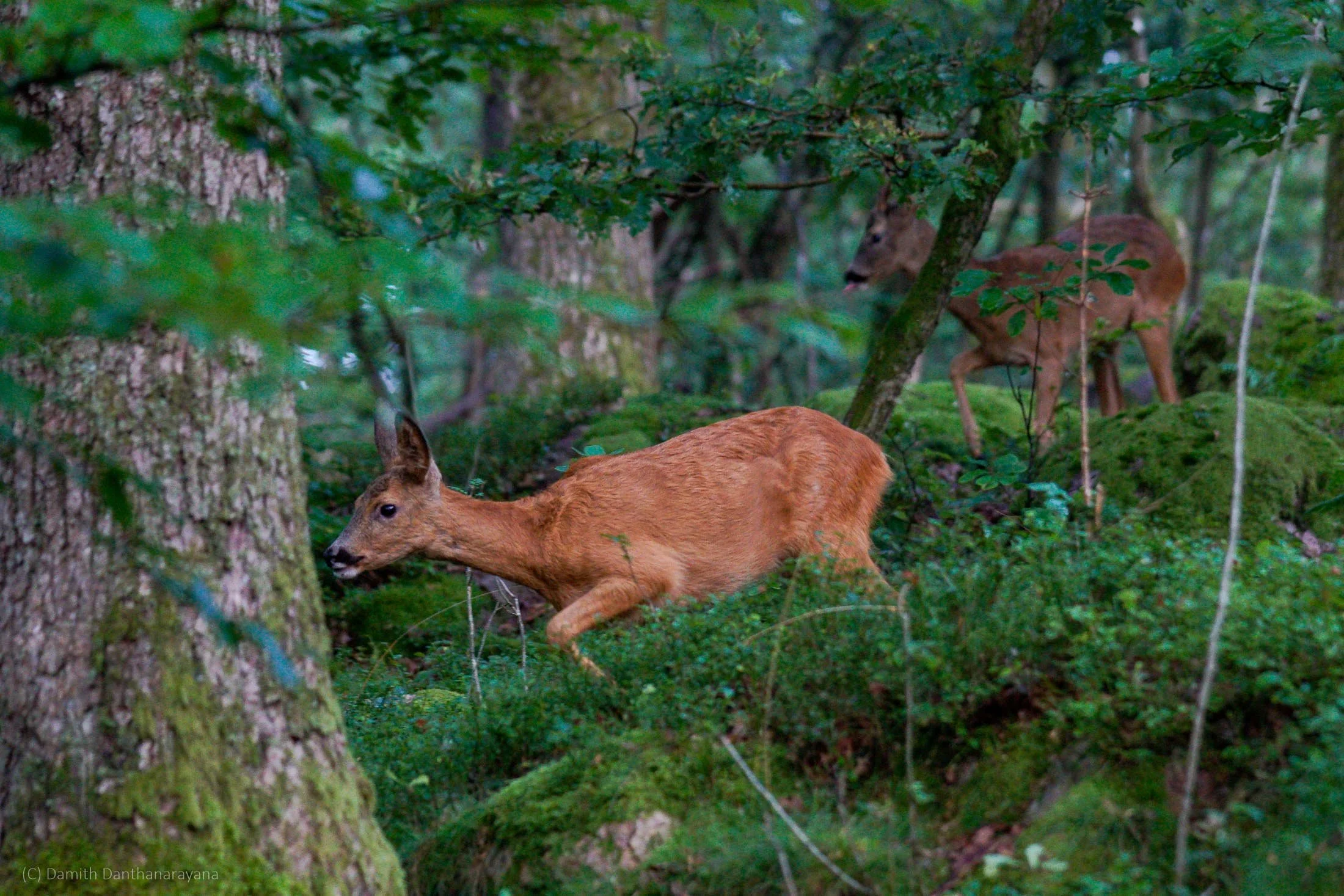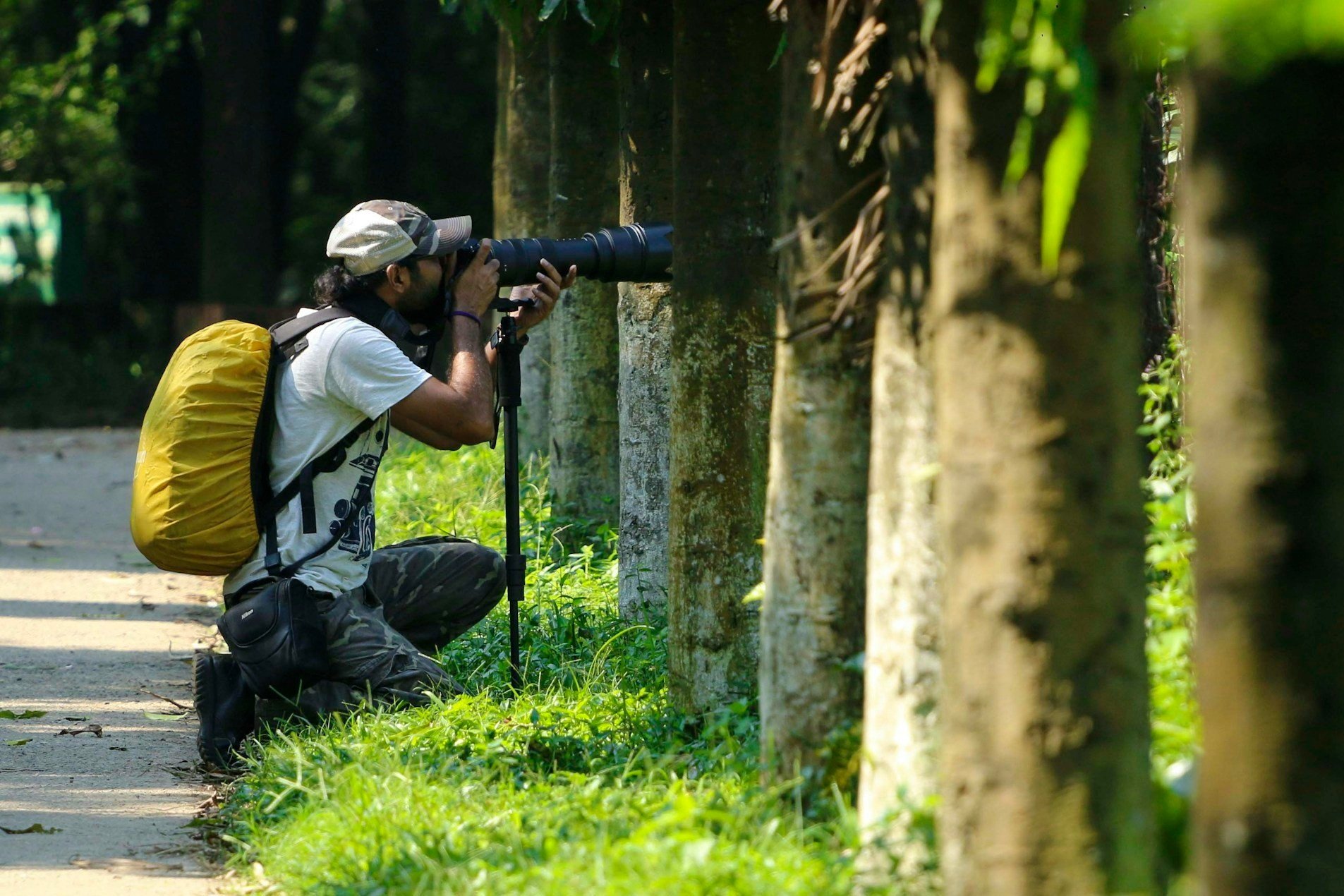Exploring Slottsskogen Park and Zoo (Slottsskogens djurpark) – A Must-Visit in Gothenburg
I hope you've had a chance to read my earlier blog about my visit to the Gothenburg Museum of Natural History an unforgettable journey through Sweden’s scientific and natural heritage. On the same day, I wandered into one of Gothenburg’s most beloved gems, Slottsskogen Park and Zoo (Slottsskogens djurpark). If you're ever in the city, this place is a must. It’s not just a park. It’s a sanctuary of nature, relaxation, and playful adventure tucked right into the urban landscape.
Explore Slottsskogen Park and Zoo in Gothenburg—free entry, Nordic wildlife, scenic trails, and family-friendly activities in Sweden’s green heart. (C) Damith Danthanarayana
Nature Meets City Life
Slottsskogen is where locals go to breathe. With its sprawling lawns, winding forest trails, and peaceful ponds, it’s the perfect escape whether you’re jogging, walking your dog, or just lying back with a picnic blanket and a good book. The park blends manicured gardens with native forest, featuring trees like linden, beech, maple, and oak. In spring, the Azalea Valley bursts into bloom a romantic splash of color that’s become a seasonal highlight.
Slottsskogen Zoo: Free, Fun, and Full of Nordic Charm
Did you know Slottsskogen Zoo is one of the oldest in Sweden? It opened to the public in 1876 and remains completely free to visit year-round. The zoo focuses on Nordic wildlife and rare Swedish breeds, making it both educational and heartwarming.
Here’s what you’ll find:
Moose, red and fallow deer, seals, and Humboldt penguins in spacious, naturalistic enclosures.
Gotland ponies, Gute sheep, Jämtget goats, and Linderöd pigs—all part of conservation efforts to preserve Sweden’s heritage breeds2.
Children’s Zoo (open April–September), where kids can meet and pet friendly animals like ducks, rabbits, and ponies.
The zoo is also a proud member of the European Association of Zoos and Aquaria (EAZA) and the Swedish Zoo Association (SDF), which means it’s committed to conservation, education, and research—not just entertainment.
Plan your visit to Slottsskogen Park—jogging trails, rare animals, cafés, and Sweden’s oldest free zoo await in this lush city oasis. (C) Damith Danthanarayana
Eat, Sip, and Relax
Slottsskogen isn’t just about nature. It’s also a great spot to grab a bite:
Café Azalea: Nestled between Säldammsbacken and Vedbacken, this cozy café serves light meals and pastries, many of them locally sourced.
Villa Belparc: Located by the pond Stora Dammen, it’s perfect for a hearty meal or a summer concert. Yes, they host live music featuring some of Sweden’s top artists!
Café Björngårdsvillan: A charming café dating back to 1906, just steps from the Children’s Zoo. Great for coffee and a quick snack.
Activities for All Ages
Whether you're traveling solo, with friends, or with kids, Slottsskogen has something for everyone:
Playgrounds like Plikta and Naturleken, designed for adventure and creativity.
Mini-golf, volleyball courts, and outdoor gyms for those who like to stay active.
Slottsskogsobservatoriet, the park’s observatory, offers a peek into the stars from the top of the hill.
Why It Matters
Beyond being a beautiful place to visit, Slottsskogen plays a vital role in preserving biodiversity. The zoo’s work with endangered Nordic breeds helps maintain genetic diversity and protect cultural heritage. It’s a living classroom where both kids and adults can learn about the importance of conservation in a hands-on way.
Jämtget Goats: Sweden’s Hardy Heritage Breed
During our visit to Slottsskogen Zoo, we were lucky to spot two Jämtget goats peacefully grazing, an endearing moment we captured in a photo. These goats belong to one of Sweden’s rarest landrace breeds, known for their resilience in northern climates and ability to thrive on sparse forest forage.
With their multicolored coats and distinctive horns, Jämtgets are visually striking and ecologically important. Historically, they were nicknamed the “poor man’s cow” due to their rich milk production and ability to survive in harsh conditions. Today, Slottsskogen’s Jämtgets are part of a national conservation program, helping preserve this culturally significant breed.
Meet the Jämtget Goats of Slottsskogen: Sweden’s Resilient Forest Breed. (C) Damith Danthanarayana
Rare Swedish Sheep: Helsinge & Gute
Slottsskogen Zoo is home to two endangered Swedish sheep breeds—Helsinge sheep and Gute sheep—that graze in open, natural enclosures.
Helsinge sheep are known for their fatty wool, which is excellent for spinning and felting. Their coats range from black to mottled white, and rams typically have horns while ewes do not. These sociable animals are excellent at maintaining open landscapes by feeding on undergrowth.
Gute sheep, native to Gotland, are among Sweden’s most primitive breeds. They’re hardy, self-shedding, and adapted to year-round outdoor living. Their wool naturally falls off in spring, and they thrive on rough terrain and forest forage.
Both breeds are part of Sweden’s genetic conservation efforts, preserving biodiversity and traditional farming heritage.
Explore Slottsskogen Park and Zoo in Gothenburg—free entry, Nordic wildlife, scenic trails, and family-friendly activities in Sweden’s green heart. (C) Damith Danthanarayana
Humboldt Penguins: Cold-Water Divers from Warm Lands
Contrary to popular belief, not all penguins live in icy climates. The Humboldt penguin (Spheniscus humboldti) hails from the coasts of Peru and Chile, where the land is warm, but the sea, thanks to the Humboldt Current, is cold.
These medium-sized penguins are excellent swimmers and shallow divers, typically diving up to 30 meters to catch fish like anchovies and squid. Slottsskogen’s penguins are part of a European conservation project, raising awareness about habitat threats and the importance of sustainable fishing.
Penguins in Sweden? Meet Slottsskogen’s Humboldt Penguins. (C) Damith Danthanarayana
Humboldt Penguins at Slottsskogen Zoo: Warm Climate Birds in Cold Waters. (C) Damith Danthanarayana
Common Seals: West Coast Swimmers with Personality
One of the most popular attractions for kids at Slottsskogen is the common seal (Phoca vitulina) enclosure. The zoo is home to five seals—Dobber, Marina, Agnes, Sälma, and Labba—each with their own personality.
Common seals are found along Sweden’s west coast and are known for their rounded heads and V-shaped nostrils. They hunt alone but rest in small groups on sandbanks and rocky shores. These seals can dive to depths of over 200 meters and use their sensitive whiskers to detect fish movements in the dark.
If you ever spot a seal pup alone on the beach, don’t worry, it’s likely not abandoned. The mother is usually nearby but won’t approach if people are present. So it’s best to give them space.
Slottsskogen’s Harbor Seals: Meet Gothenburg’s Most Playful Residents. (C) Damith Danthanarayana
Elk (Moose): Sweden’s Forest Royalty
Often called the “King of the Forest”, the elk (Alces alces) is Sweden’s largest land mammal. Males can weigh up to 550 kg, and their massive antlers shed and regrown annually serve both as weapons and mating displays.
Elk have excellent hearing thanks to their large ears and use their antlers to impress females and fend off rivals. After the mating season, bulls shed their antlers and grow new ones in time for the next rut.
During our visit, we enjoyed breakfast on a bench near the elk enclosure a peaceful moment surrounded by nature.
Elk at Slottsskogen Zoo: Sweden’s Majestic “King of the Forest”. (C) Damith Danthanarayana
Final Thoughts: Conservation with Purpose
While I personally prefer seeing animals in their natural habitats, I recognize the value of places like Slottsskogen Zoo. It’s not just about entertainment; it’s about education, conservation, and research. The zoo helps protect endangered Nordic breeds, teaches visitors about biodiversity, and contributes to scientific efforts that benefit both wild and captive populations.
Best of all? Slottsskogen Zoo is free and open 24 hours a day. So if you’re visiting Gothenburg, don’t miss this unique blend of urban park and conservation haven.
Bragebacken Lookout in the Slottsskogen Park and Zoo (Slottsskogens djurpark), Sweden. (C) Damith Danthanarayana
View from the Bragebacken Lookout in the Slottsskogen Park and Zoo (Slottsskogens djurpark), Sweden. (C) Damith Danthanarayana
Most Searched Questions About Slottsskogen Zoo
What animals can I see at Slottsskogen Zoo?
Slottsskogen Zoo focuses on Nordic wildlife. Expect to see moose, seals, deer, Gotland ponies, sheep, and the ever-popular Humboldt penguins.
Where is the Penguin Pool in Slottsskogen?
The Penguin Pool is one of the zoo’s highlights, located near the main animal enclosures. It’s a favorite spot for families and photographers alike.
Can I see moose at Slottsskogen Zoo?
Yes! Moose are one of the zoo’s star attractions. They’re housed in spacious, naturalistic enclosures that mimic their native habitat.
What is Barnens Zoo (Children’s Zoo)?
Barnens Zoo is a seasonal petting zoo open from April to September. Kids can meet and interact with goats, pigs, rabbits, and other friendly farm animals.
Is Slottsskogen Zoo free to enter?
Absolutely. One of the best things about Slottsskogen Zoo is that it’s completely free, making it a perfect budget-friendly outing.
Explore Slottsskogen Park and Zoo in Gothenburg—free entry, Nordic wildlife, scenic trails, and family-friendly activities in Sweden’s green heart. (C) Damith Danthanarayana
Are there seals at Slottsskogen Zoo?
Yes, common seals are part of the zoo’s aquatic exhibits. They’re often seen lounging or swimming in their pool.
What are the opening hours of Slottsskogen Zoo?
The zoo is open year-round, but Barnens Zoo operates seasonally typically from April to September, starting around 10 AM.
Is Slottsskogen Zoo suitable for toddlers and young children?
Definitely. With interactive zones like Barnens Zoo and nearby playgrounds like Plikta, it’s a paradise for little explorers.
Can you feed the animals at Slottsskogen Zoo?
Feeding the animals yourself isn’t allowed, but you can watch scheduled feeding sessions, especially for penguins and seals.
Is Slottsskogen Zoo ethical or good for animals?
Yes. The zoo emphasizes education and conservation, focusing on Nordic species in natural habitats.
Discover Slottsskogen Park and Zoo: Gothenburg’s Urban Nature Escape. (C) Damith Danthanarayana
Are dogs allowed in Slottsskogen Zoo?
Dogs are welcome in the park but not inside the zoo enclosures.
How do I get to Slottsskogen Zoo from Gothenburg city center?
It’s easily accessible by tram or bus, and even walkable if you’re up for a scenic stroll.
What’s the best time of year to visit Slottsskogen Zoo?
Spring and summer are ideal animals are more active, and the surrounding park is in full bloom.
Are there guided tours available at Slottsskogen Zoo?
Formal zoo tours are rare, but nearby attractions like the Gothenburg Natural History Museum offer guided experiences.
Is Slottsskogen Zoo open during winter?
Yes, the main zoo is open year round. Some features like Barnens Zoo are seasonal.
What’s the difference between Slottsskogen Zoo and the Gothenburg Natural History Museum?
The zoo features live Nordic animals, while the museum showcases preserved specimens, fossils, and educational exhibits.
Slottsskogen Park and Zoo (Slottsskogens djurpark). (C) Damith Danthanarayana
For more blog articles related to wildlife, nature, photography, and traveling, you can visit my blog: Damith Danthanarayana's Blog.
Search the blog:



